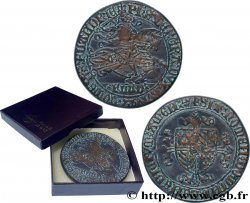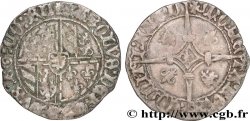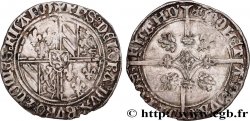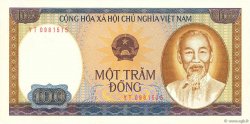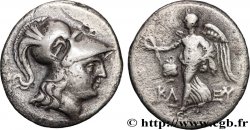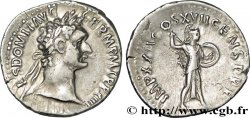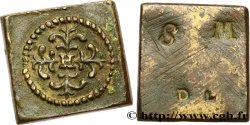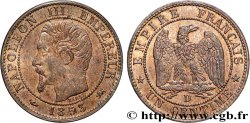Obverse
Obverse legend : + P[HS. D. B. COM. FLAND].
Obverse description : FL sous un tilde.
Obverse translation : (Philippe, duc de Bourgogne, comte de Flandre).
Reverse
Reverse legend : [+ MONETA: FLANDRIE].
Reverse description : Croix cantonnée au 1 d’un lis.
Reverse translation : (Monnaie de Flandre).
Historical background
FLANDERS - COUNTY OF FLANDERS - PHILIP THE GOOD
(1419-1467)
Philippe le Bon (1396-1467), son of Jean sans Peur and Marguerite of Bavaria, succeeded his father after the assassination of Montereau in 1419. He allied himself with Henry V of England to oppose the dauphin qu 'he considers responsible for the death of his father and is the instigator of the Treaty of Troyes of 1420. He marries in 1409 Michelle de France who is assassinated in 1422, then in 1424 Bonne d'Artois who dies the following year, finally Isabella of Portugal (1397-1472) in 1429. After the death of Henry V and Charles VI in 1422, he recognized Henry VI as King of France and England. Thanks to a skilful policy, he united the county of Flanders and the duchy of Burgundy, the county of Namur in 1429, the duchies of Brabant and Limburg in 1430, the counties of Hainaut, Holland and Zeeland in 1433, the duchy of Luxembourg in 1462. He reformed part of the former Lotharingia for his own benefit. He founded the Order of the Golden Fleece in 1430. He was reconciled with Charles VII in 1435 who further enlarged his possessions in Artois. He died in 1467, the richest lord in Europe.







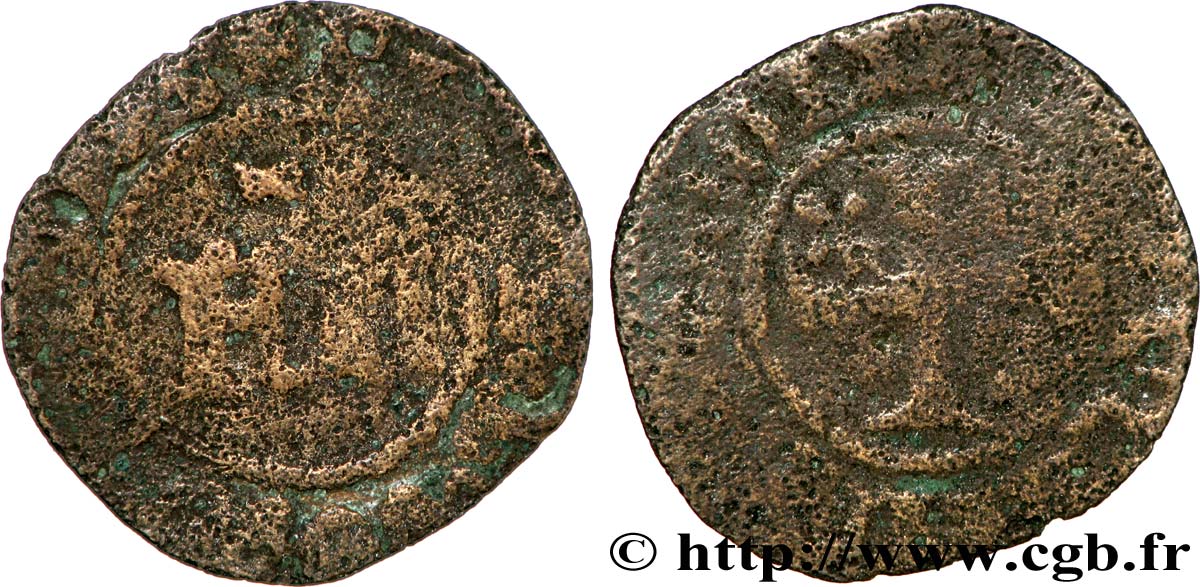
 Report a mistake
Report a mistake Print the page
Print the page Share my selection
Share my selection Ask a question
Ask a question Consign / sell
Consign / sell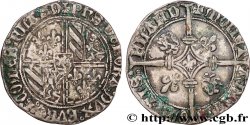
 Full data
Full data